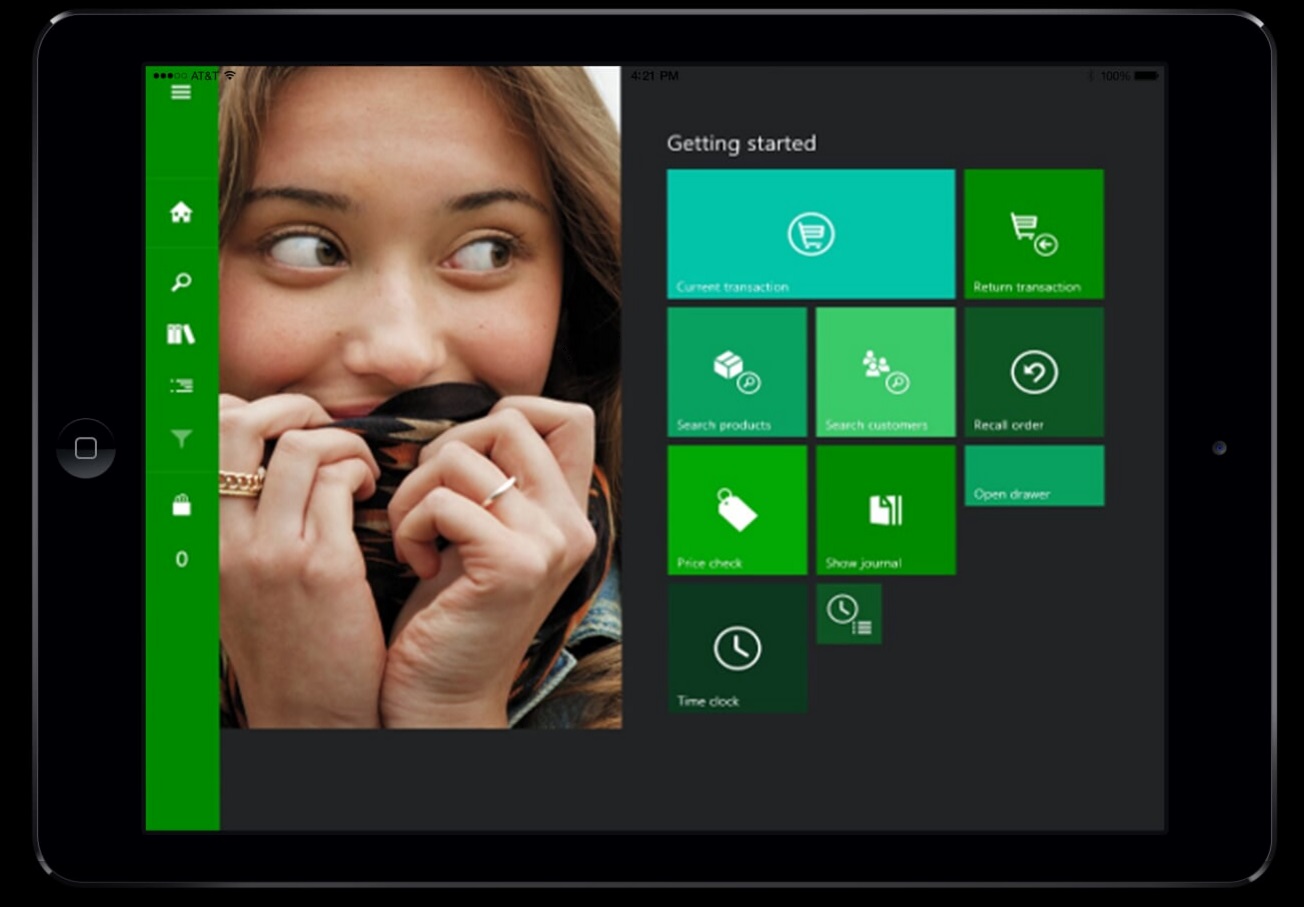Microsoft's new Dynamics AX ERP-as-a-service offering is truly cloud-first

Microsoft is making the latest version of its Dynamics AX ERP product available as a service today, March 8, in more than 137 markets and 40 languages worldwide.

This isn't just Dynamics AX hosted in a Windows Server virtual machine. It's a complete rearchitecting of Dynamics AX to be a cloud-first Azure service.
"We are trying to be the example for how to build mission-critical apps on Azure," said Microsoft Dynamics ERP Technical Fellow Mike Ehrenberg.
As such, the new Dynamics ERP-as-a-service offering is "at the forefront of everything being done on Azure," Ehrenberg said. That means the new AX release integrates and includes Azure SQL, Power BI, Office 365, Dynamics CRM Online and Azure's disaster-recovery capabilities.
Here's the most interesting part of this to me, anyway: The new Dynamics AX is so much "born of the cloud," as the Softies say, that the coming on-premises version of it won't run on plain-old Windows Server. When that version is available later this year, it will require Azure Stack, Microsoft's hybrid-cloud operating environment that is meant to provide enterprise customers with a true Azure-like experience in their own datacenters.
The new Dynamics AX includes the full Dynamics AX footprint, meaning finance, operational workloads and human resources, plus a set of new enhancements.
There's a new touch-enabled UI which is written in HTML5 and meant to run on any modern device and browser. Microsoft is integrating the new Dynamics AX with Cortana, allowing users to drive the app through voice. The new AX also has a "task recorder" feature to allow users to record a series of business-process steps that can be used to train new users.
Although the new Dynamics AX is built as and works like "a service," Microsoft's developers thought about how best to deliver updates to the platform in a way that won't immediately alienate businesses. Microsoft has separated the platform layers from the other bundled services. Power BI and SQL Server will get their updates on their own schedules, while the base AX platform will be updated on a separate push model that will be controllable by administrators, Microsoft officials said.
Microsoft will license the new Dynamics AX service via a subscription model. Users will need to purchase a subscription license for every internal user who directly or indirectly accesses the service. There are two types of subscription licenses: User-based or device-based.Exact prices are available through Microsoft's volume-licensing programs.